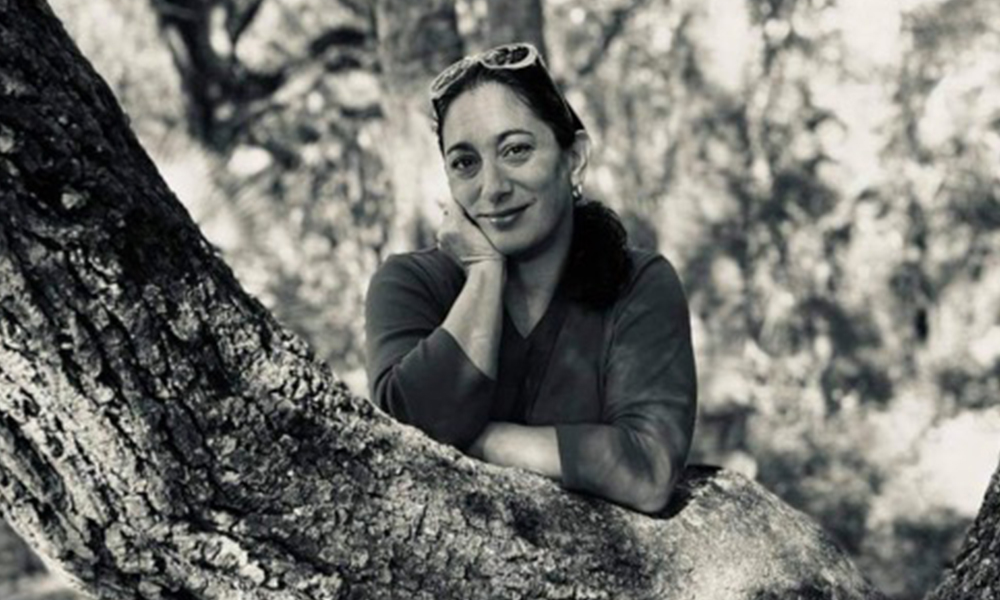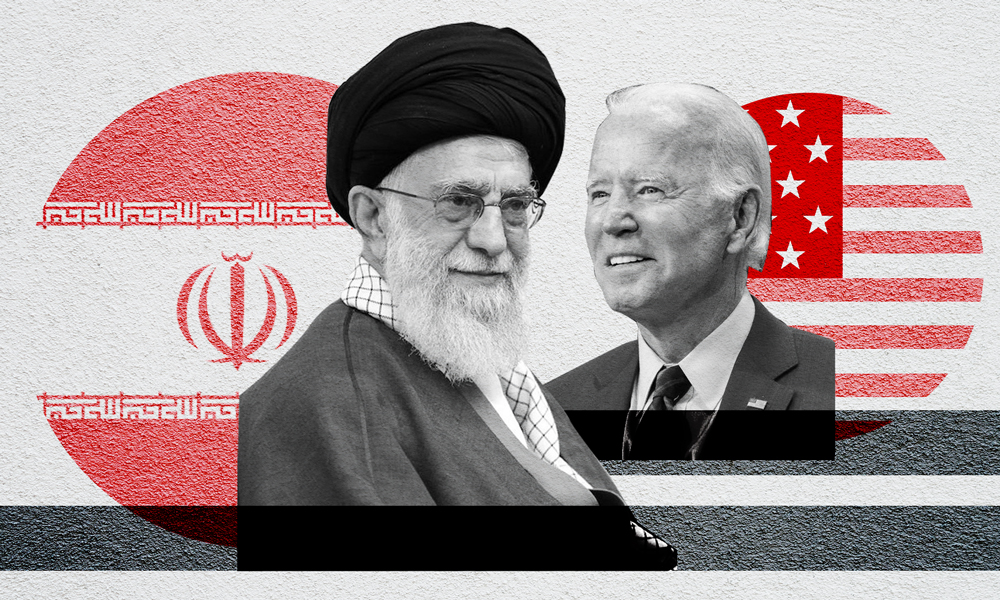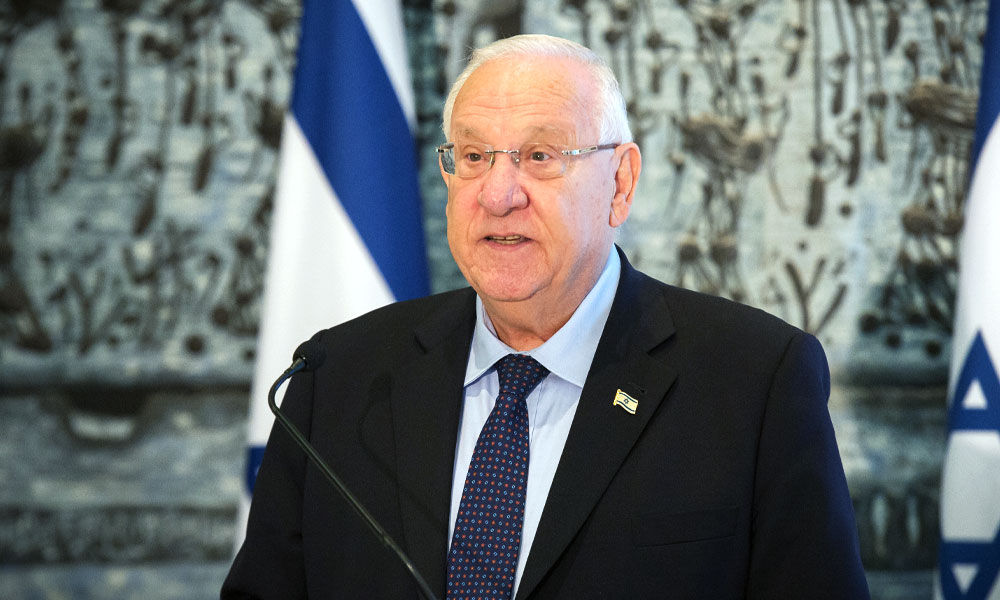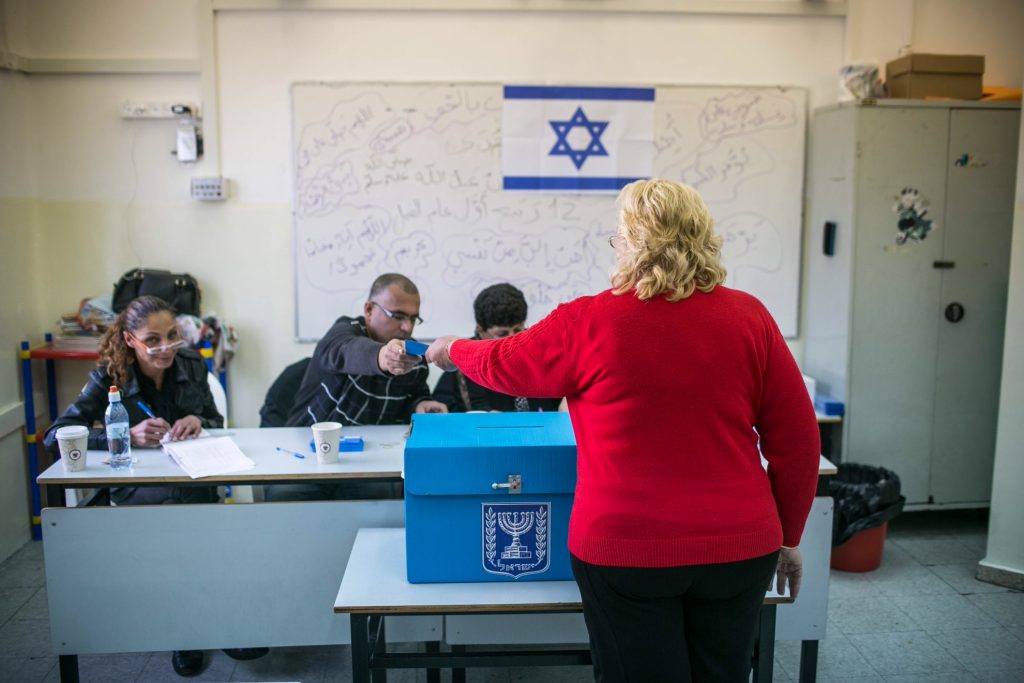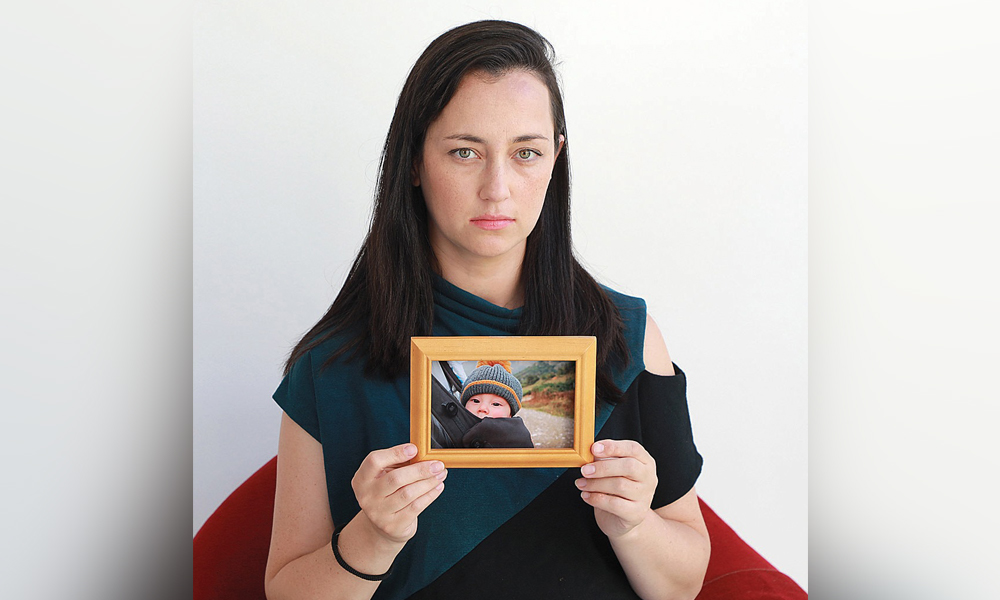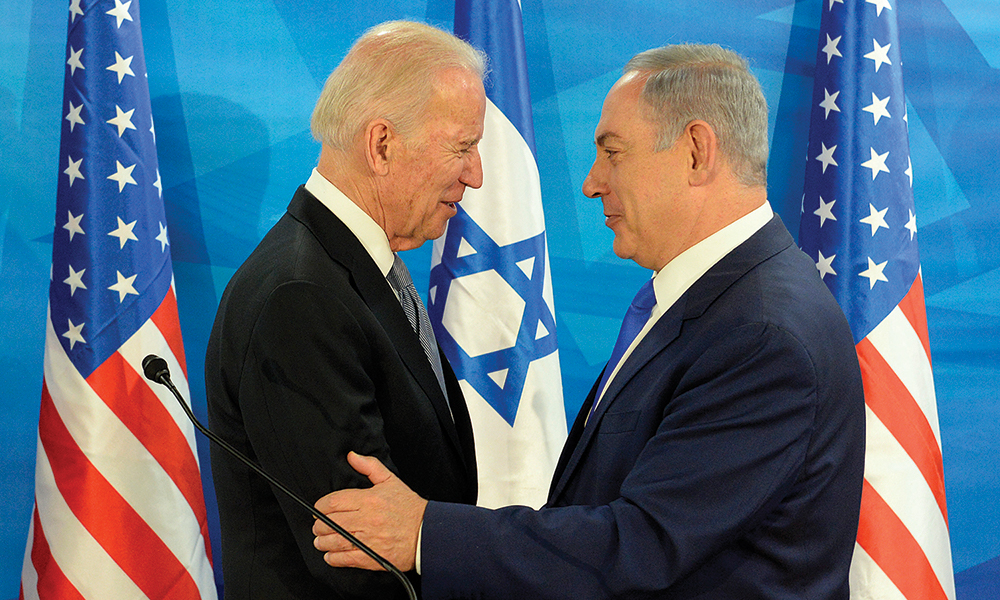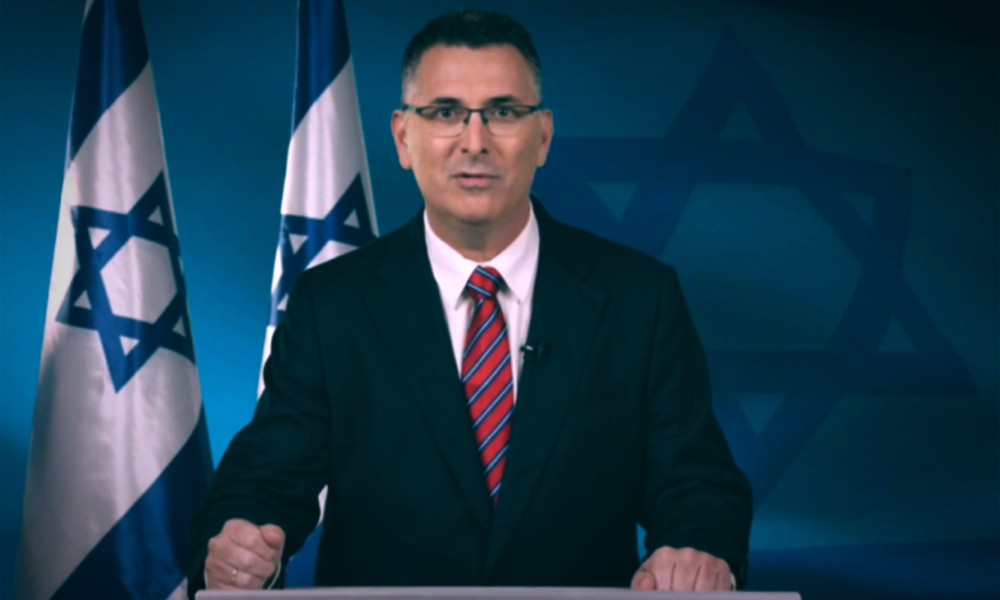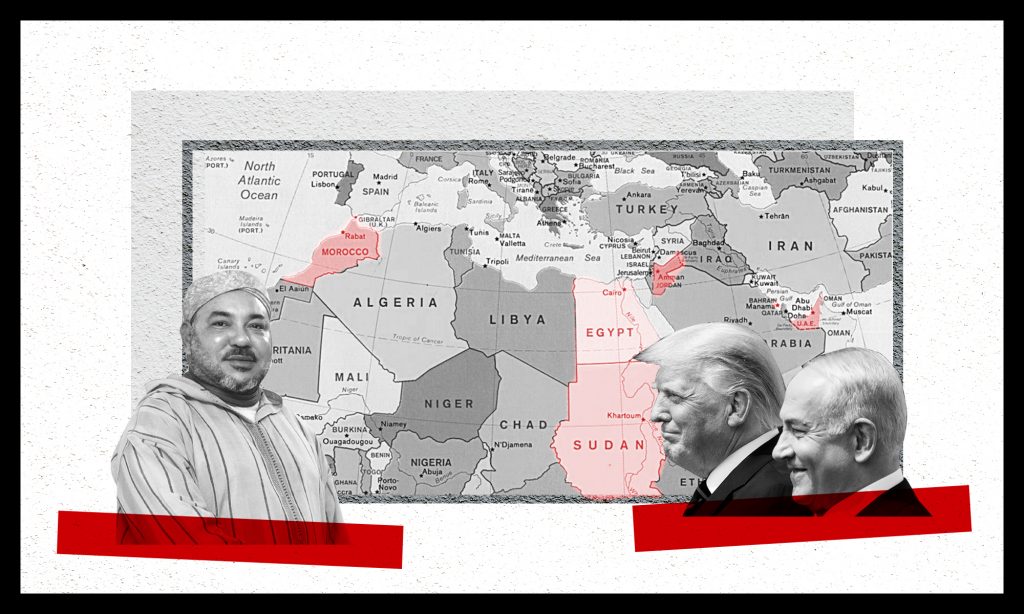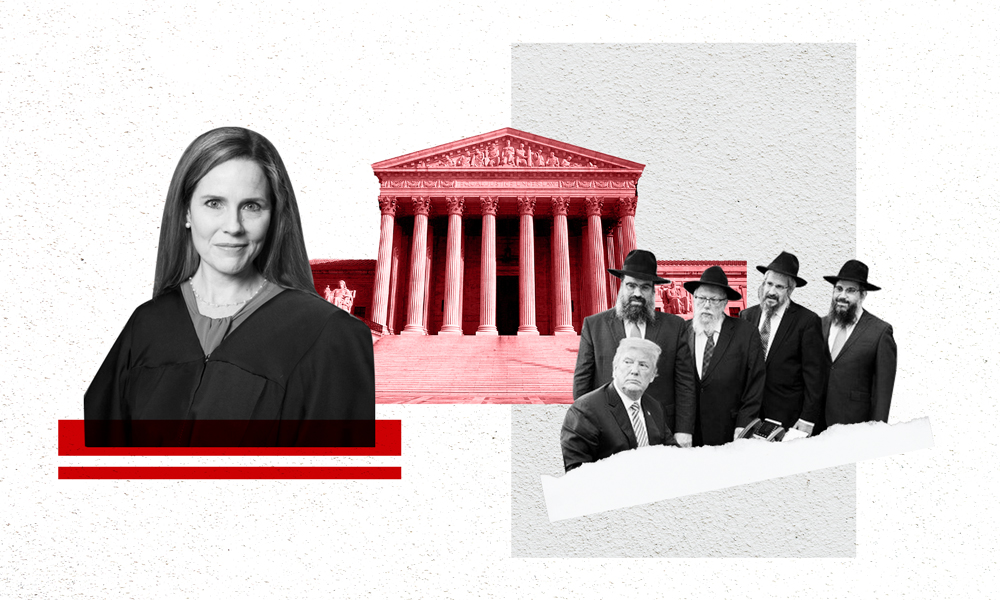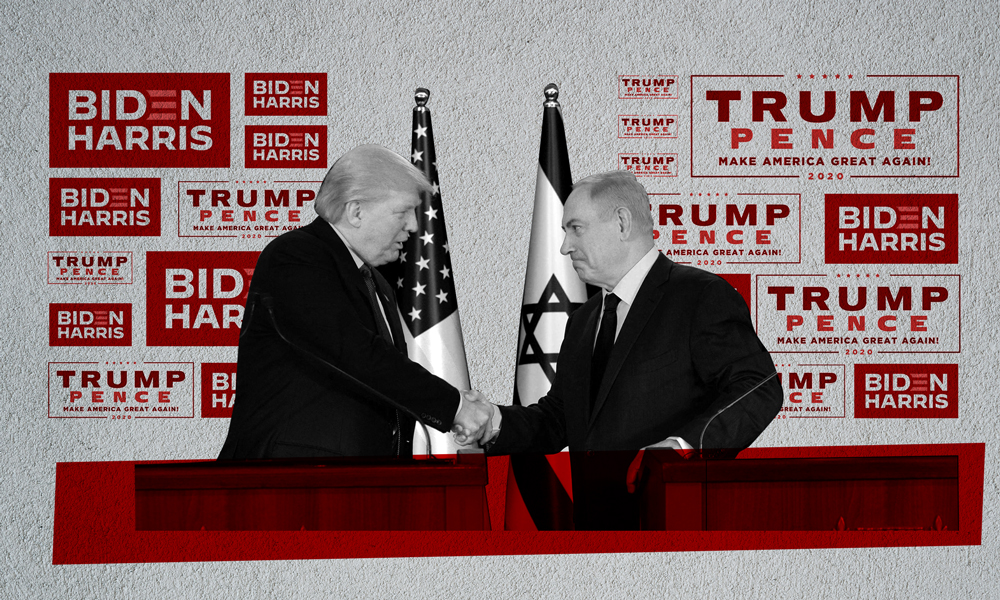Moment brings you essential independent reporting from the Jewish community and beyond. But we need your help. Your support is critical to the work we do; every tax-deductible gift, of any amount, keeps us going. Thank you for reading and thank you for your help. Donate here.
I remember that night, November 4, 1995. I remember the optimistic, almost ecstatic mood, as we, over a hundred thousand strong, listened to what we didn’t know was Prime Minister Yitzhak Rabin’s last speech and headily believed that a better future was truly possible.
And I remember the moment he was pronounced dead. For weeks, Israel mourned. Thousands of teenagers sat in circles in the Tel Aviv square where he was killed, lighting candles, mourning for a man as old as their grandfathers. He was murdered by a Jewish assassin who used twisted interpretations of Judaism to justify his actions. I remember that, at that moment, I realized we were also mourning the death of the myth of our national moral exceptionalism. I knew then what I should have known long before: that we could no longer delude ourselves into continuing to believe that we, the Jewish people, are somehow inured from the ethnocentrism, tribalism and evil that plague other peoples and other nations.
We’ve met in the square many times since for the annual “Rabin Commemoration.” But as the years go by, Israeli society has become even more polarized, and the purpose of these gatherings has become even less clear. November 4 (or, in the Hebrew calendar, 12 Cheshvan) is not a unifying day of mourning. Some years, there have been two or more competing ceremonies, striking different tones and providing different messages.
Some of us would have come to the ceremony to mourn Yitzhak Rabin, the dedicated soldier who turned to peace. Others would have stood in the square to search our collective soul, condemn racism and violence and take responsibility for the fragility of democracy. Still others of us would have stood there to recommit to Rabin’s legacy.
But we cannot stand together because these are, to a great extent, mutually exclusive purposes. This year, Israel’s official remembrance on Mt. Herzl and the mass annual event in Rabin Square were canceled.
It is tempting to focus on Rabin, the imperfect man and courageous leader. He was direct and rough. His speeches were rarely eloquent, even when written by others, and he was often crude. He was regularly impatient with both friends and opponents. He was a determined soldier who tried to make peace only because he thought it was better than the alternatives. He could be spiteful and vindictive. He had great integrity and compassion and kept his promises. And he was the rare leader who took responsibility for his failures. But we should not reduce the events of November 4, 1995 to a cult of personality and a series of George (“I cannot tell a lie”) Washington-like homilies.
To focus solely on Rabin’s life is to ignore how he died. He didn’t die of old age, or illness, or a heart attack. Rabin was murdered following a long period of incitement against him and his policies.
And indeed, after the assassination, many believed that the most important, perhaps the only lesson from that cursed night is that we must tame political discourse and protect our elected officials. We must avoid civil war. For months, Israelis of all stripes and persuasions met together in “dialogue groups” to see how we could all come together, tone down the incitement and the rhetoric, and reconcile in order to stave off the impending civil war.
But while these are perhaps admirable goals, those meetings, which still continue to this day, also ignored basic realities.
First, the incitement and rhetoric did not come from all sides. In Israel, incitement reads from right to left.
It was right-wing rabbis who held arcane rituals (Pulsa deNura) that called for Rabin’s death. It was right-wing rabbis who gave the assassin the ostensibly “religious” legitimacy that Yigal Amir was looking for. In right-wing demonstrations, crowds called Rabin a traitor and a murderer. In Zion Square in Jerusalem, Photoshopped signs showed Rabin with a keffiyeh and in an SS uniform. And it was right-wing leaders, including Benjamin Netanyahu, who listened to it all and never tried to stop it.
And in many of Israel’s other political murders, too, the threats have been from the right to left: Yonah Avrushmi, who murdered a Peace Now protestor at a demonstration in 1983; David Ben-Shimol who killed one Palestinian and wounded 10 others in a missile attack on a bus in 1985; Ami Popper, who gunned down seven Palestinian workers in 1990; Baruch Goldstein, who murdered 29 Muslim worshippers in 1994; Jack Teitel, who murdered two Palestinians and tried to kill Israel Prize recipient Zeev Sternhell in 2008.
And there have been numerous other attempts.
Moreover, the incitement continues. Today it has largely moved from the city squares to social media, but the threats against the left are still there. In late September, Yair Netanyahu, the prime minister’s son, tweeted that Avichai Mandelblit, Israel’s attorney general, “poses an existential threat to Israel” and is “trying to destroy it from within.” On its official Facebook page, La Familia, a group of right-wing supporters of the Beitar Jerusalem soccer team, wrote that they will convene in Jerusalem at a left-wing demonstration because of “the ongoing debasement of Jewish symbols…by the haters of Israel. Watch out, leftist wimps, the rules of the game are changing.” Dozens of their members interpreted this as a call to attack the protestors and attempted to do so, but were held back by the police.
At a Knesset session commemorating Rabin in late October, Netanyahu used the opportunity to claim that he had nothing to do with the rhetoric that inspired Rabin’s assassin then and that the incitement against him and his family today is the true threat Israel is facing. “We cannot accept incitement to murder from any side or sector,” Netanyahu declared. “Today, 25 years after Rabin’s assassination, there is incitement to murder the prime minister and his family every day, and almost no one does anything.”
But the only people being physically attacked are the people on the left. Recently, demonstrators against Netanyahu have been attacked by right-wing thugs, and Netanyahu and his minions have done little to discourage them.
In late October, Benny Lau, a prominent Orthodox rabbi who has been supportive of the demonstrations against this government, refused to take part in a demonstration because the event—headlined, “Twenty-five years of incitement,”a clear reference to the right-wing incitement against Rabin–was in itself incitement. “Wild and dangerous incitement can’t be attached to one camp or the other,” he wrote on his Facebook page.
Sadly, it can. No, of course not to everyone on the right, nor to every religious person. But incitement certainly can be attached to a particular camp. There’s plenty of mudslinging on both sides, but mudslinging isn’t incitement. To talk about incitement in apolitical terms, as if left and right share the blame equally, is to ignore those truths—as they were then, and as they are now.
And if we can’t agree on these issues, we certainly cannot agree on Rabin’s legacy. Or if he even had one. Only days before the anniversary of his assassination, Minister for Social Cohesion Orly Levy-Abekasis (who ran for Knesset as part of the last vestiges of the Labor Party that Rabin helped to build) declared on Israel radio that she doesn’t “know what Rabin’s legacy is. But it isn’t my legacy.”
Yet in the eyes of many, Rabin certainly did leave us a legacy, which is even broader than his willingness to make peace with the Palestinians for pragmatic, rather than ideological reasons, although these were the reasons for the incitement against him and his assassination.
Rabin was the first—and still the only—prime minister to create true political cooperation with the Arab citizens of Israel and the first—and only—to create a minority government that rested on their votes. During the War of Independence, Rabin the military commander may have been responsible for the expulsion of countless thousands of Arabs from the nascent state; but 47 years later, Rabin the prime minister accepted them as full, legitimate political partners in building Israel’s civil society.
Perhaps because he was a soldier, Rabin recognized the limitations of force and knew that only peace, never victory, will guarantee security. In the first session of the 13th Knesset, in July, 1992, Rabin declared, “Security is not only tanks, planes and warships. Security is also–and perhaps first and foremost–the individual, the Israeli citizen. His education, his home, his school, his street and his neighborhood, the society into which his children mature.”
He cut back on the funding for the settlements in the West Bank and capped their expansion with a building freeze. He dedicated those funds to the welfare of all Israelis, and not just the settlers, by investing in infrastructure and welfare. He doubled the education budget, built new schools and raised teachers’ salaries–which led to an increase in the number of students who graduated high school with full matriculation by 18 percent within two years.
Rabin set new social priorities, and while they signaled a new beginning for many, others knew that they could have marked the demise of the settlement enterprise and the messianism and jingoism that had begun to overtake Israeli politics.
In Israel today, as then, we are two political camps locked in battle over the country’s character. We are in a cultural-religious struggle over meaning, identity, the role of the rule of law, the things for which we want to live and are willing to die. Each of us regards the other as a distortion of Jewish history and an existential threat.
And so we are not able to stand together at memorial ceremonies for Rabin, the man or for his legacy. And I am not sure where we go from here. But I know that blurring our differences will not help us heal, nor will it prevent the next political assassination.
Top photo: Teenagers lighting memorial candles in Tel Aviv’s Malchei Yisrael square after hearing of the assassination of Yitzhak Rabi. Courtesy of National Photo Collection of Israel, Photography department, Goverment Press Office



